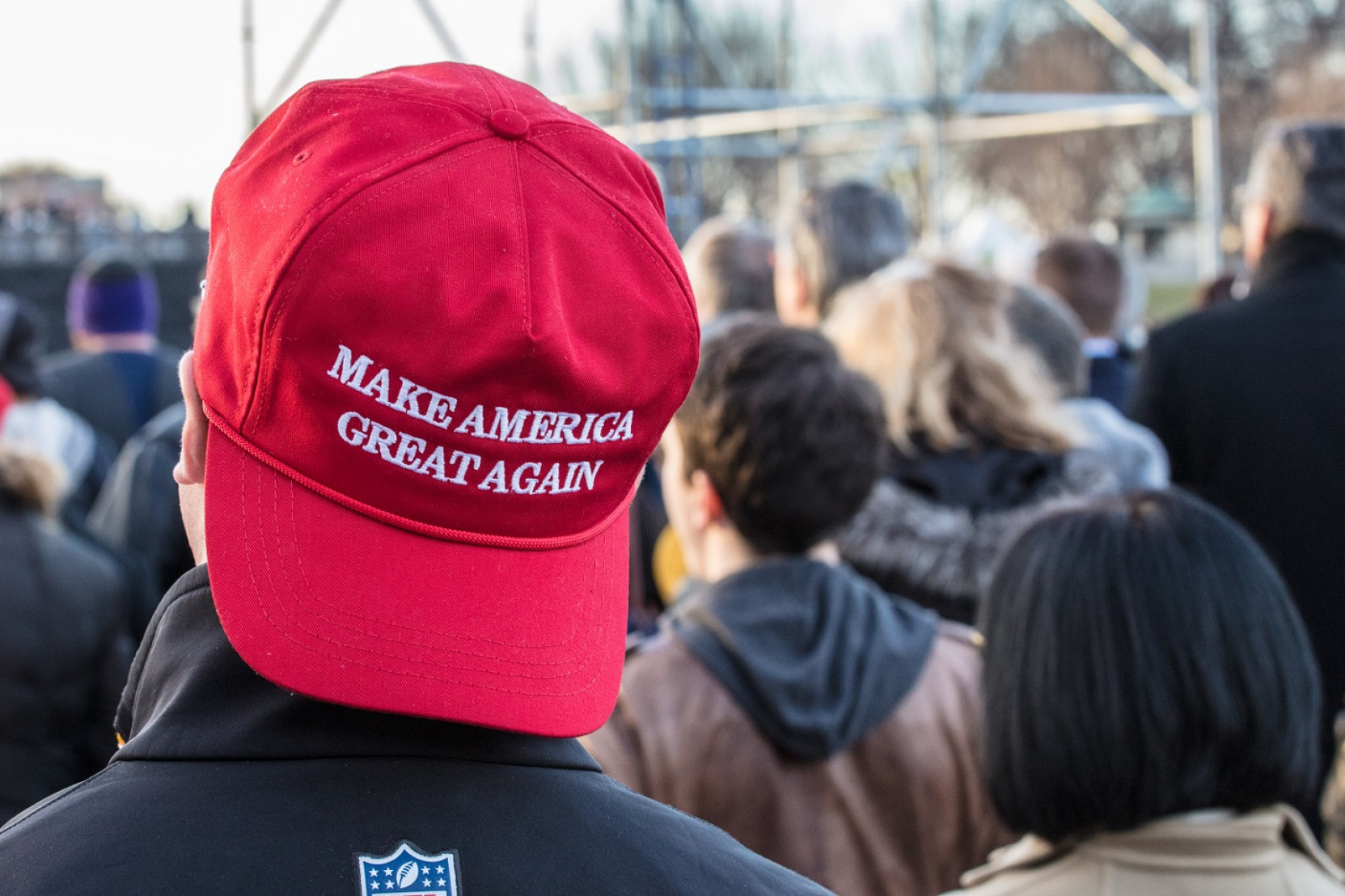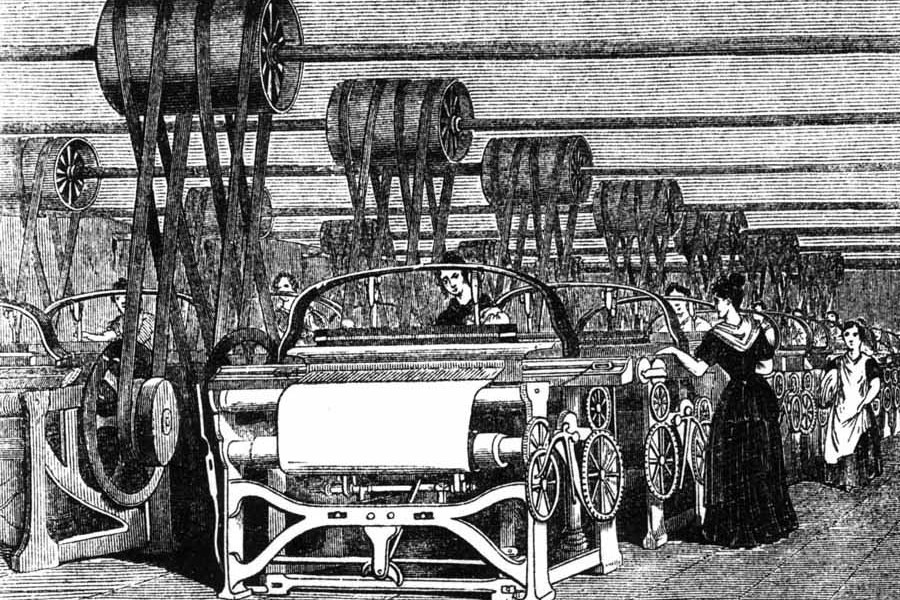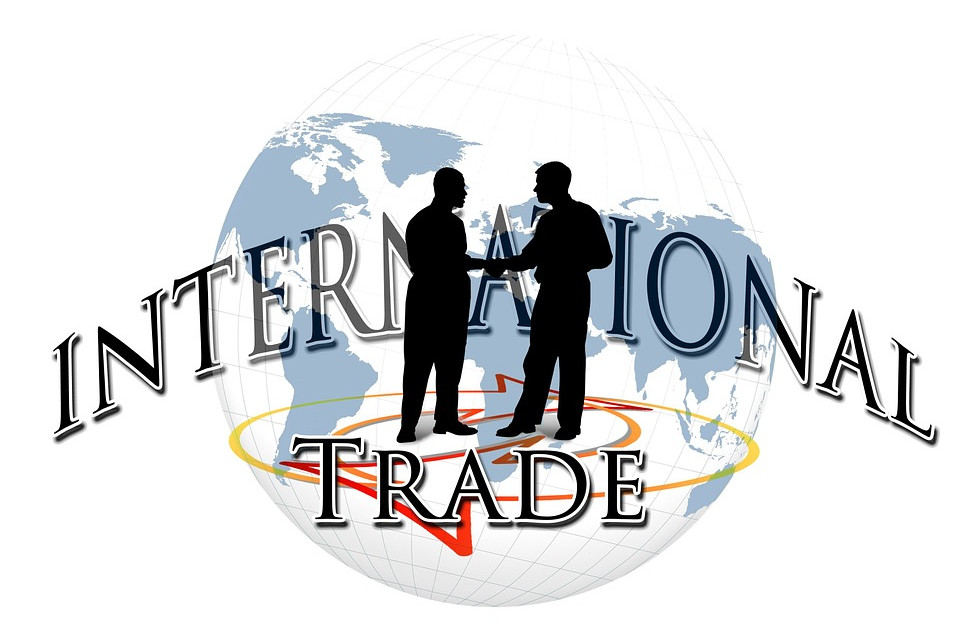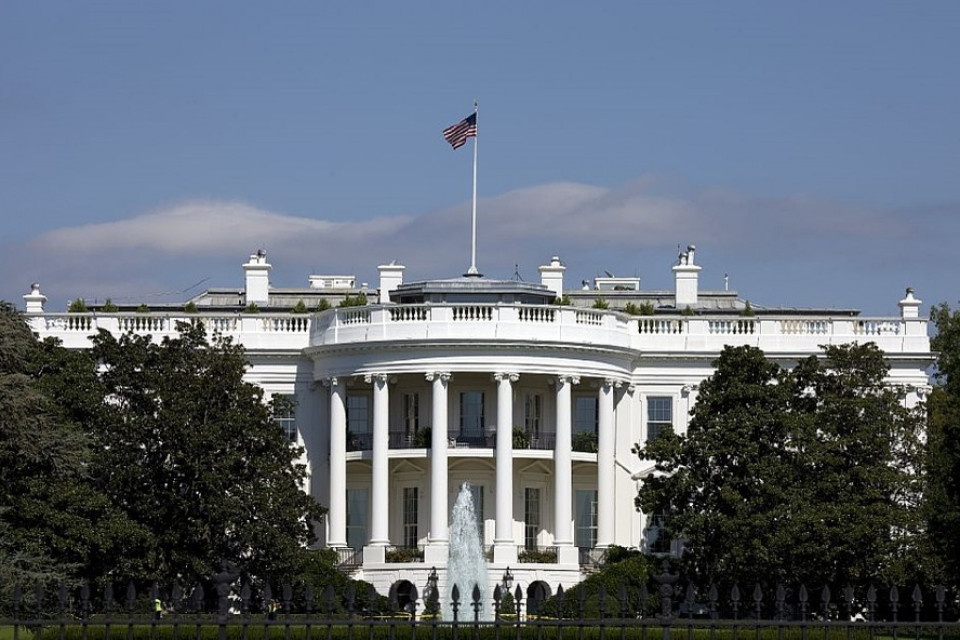Fighting against the threat of losing global hegemony against China, the US government has come to question free trade, as the cause of its growing foreign trade deficit and its low economic growth. Hence, it has spoken out against multilateral free trade agreements, and in favour of fair trade, which allows it to reduce the growth of imports and increase exports, and its economic dynamics. To this end, it is renegotiating the North US Free Trade Agreement (NAFTA), and has established tariffs on different imported products to renegotiate better terms with its business members to achieve its objectives.
In the renegotiation of NAFTA, the United States (US) wants above all to reduce the foreign trade deficit it has with Mexico. In 2015, Mexico was the second largest US goods export market, accounting for 236 thousand million dollars (mmd). On the other hand, Mexico is the third largest supplier of imported products in the US, accounting for 295 thousand million dollars, which is 82% of Mexico's exports. Which represents a US trade deficit of 59 mmd in the year in question.
The US government has focused on negotiations, particularly in the trade of manufactured products, which is what interests it the most.
In 2015, as regards US imports: from Mexico, electronic products were 62,920 million dollars; light vehicles 44,737 million dollars; auto parts 41,381 million dollars; electrical products 28,495 million dollars and heavy vehicles 7,724 million dollars. Mexico exports two million cars a year to this country, more than half of its production and the production of this is this type of products is what the United States wants to recover.
In the commercial renegotiations there have arisen issues such as rules of origin, the chapter on disputes, the wage issue, the treatment of investment, the defence of intellectual property, the elimination of unjust sanitary and phytosanitary measures, the clause of extinction of the NAFTA each five years; and the issues of energy, telecommunications and financial services sectors have been introduced.
As regards rules of origin, the United States initially proposed to fortify them in the automotive industry, from 62.5% to 85%, and that 50% had to be of US origin, so that cars imports from Mexico and Canada continue with zero duty.
FAVOUR US MANUFACTURERS
Currently, this position has been modified, and the rules of regional origin reduced to 75% and such a proposal requires that there be a salary of $16 per hour or more, for 40% of the value of light vehicles and 45% of vans and light trucks. It proposes a term of four years to adjust these rules of origin. This is aimed at favouring the production of cars where higher wages are paid, so it benefits the manufacturers in their own country and negatively affects others, particularly the automotive companies located in Mexico. The latter would have to increase wages, or wait for the amount of tariffs to which auto exports from Mexico would be subject, to see if they can offset these tariffs with low wages, or if they do not, they will have to move to other markets, or return manufacturing to the United States.
By increasing the rules of origin threshold, USA seeks to increase the share of its production in imports of products coming mainly from Mexico, to reduce the imported component that comes from countries outside of NAFTA, since Mexico's exports have a high input component from China and the United States and the rest of the countries of East Asia. This situation has led to a reduction in the presence of US products in the Mexican economy. In 2000, 73.1% of Mexico's total imports came from the United States, and in 2015 that share reduced to 47.3%, in exchange for the growing share of products from China, which went from being 1.65% in 2000 to 17.7% of the total imported from Mexico in 2015. Companies that export manufactured goods from Mexico to the US triangulate.
Import inputs from China and the rest of Asia take advantage of Mexico's cheap labour and export to the United States.
Hence their interest in reducing the presence of Asian products in Mexico's exports. Mexico's date shows that there is a trade surplus with the United States amounting to 122 mmd, but a large trade deficit with China of 65 mmd, 54 mmd with the rest of Asia, and 25 mmd with the European Union in 2015.
COMPANIES THAT EXPORT TO THE US HAVE FROZEN INVESTMENTS
Mexico does not have the margin to increase the national value added to manufacturing exported to the United States. Free trade has led Mexico to have less industry. It faces long production delays and low productivity. It has no industrial policy, nor fiscal or credit policy to boost the national manufacturing sector, to push greater added value to Mexican exports.
Some companies that export to the US have slowed their investments in Mexico in response to the threats posed by tariffs, and will take advantage of the fiscal stimulus policies granted by the US government to make investments there. To counter the higher labour costs, US companies will have lower taxes, so as not to affect their competitiveness, so as to also increase investment and productivity.
US agricultural imports from Mexico are worth 21 mmd. Mexico is the second largest agricultural products supplier to them. Mexico supplies 1/3 of the fruit that they import, and 2/3 of the vegetables. The US government wants to reduce these imports and favour its own agricultural producers by placing seasonal barriers to agricultural trade, which is opposed by the Mexican government. Donald Trump's government wants to get rid of NAFTA Chapter 19, concerning resolution of conflicts, so that commercial disputes are settled in US courts, so that their own laws are what define and determine the solution to the problems of antidumping, safeguards and undervaluation. This would allow it to achieve its objectives of reducing its foreign trade deficit, in exchange for Mexico slowing the growth of its exports.
In the chapter on Energy, the Office of the US Trade Representative, demands "to preserve the strengthening of investment in access to this market, as well as more discipline on state-owned companies".
USA wants the Mexican energy sector be opened up to it, and that Pemex's participation be further reduced, since they are demanding that public companies work with discipline, which means that they do not receive subsidies, nor do they grant them, "with the objective of levelling the playing field", which would imply a clear intervention in the management of Mexican economic policy and in the operation of public companies. The USA wants to guarantee their energy security their backyard, something it has always wanted.
HARDENING OF IMMIGRATION LAWS
Regarding energy, telecommunications, and many computer services, digital products, Internet, audiovisual, digital commerce and financial services, the renegotiation will favour US companies, given the high competitiveness of their companies. The inclusion of all these strategic sectors in the renegotiations leads to the United States government and its companies to be able to define the rules of operation and function of these sectors.
Within this renegotiation strategy, The President of the United States proposed to condition the TCLAN with a toughening in the implementation of migratory laws against Mexico, and that this in turn toughens them as regards migrants coming from Central America, passing through towards the USA. He also said that he will impose tariffs of 25% on steel and 10% on aluminium from Canada and Mexico, if an agreement was not reached before May 1st, which was then postponed to June 1st. Moreover, if he was not satisfied with the negotiations, he said that tariffs would be established. Mexico is being put under pressure by the presidential elections on July 1st, and it is important for Donald Trump to have a new NAFTA in place by mid-May for Congress's approval, given that on November 6th, there will be intermediate elections and the Republican Party might lose its majority in Congress.
MEXICO WILL SEE ITS EXPORTS DECREASE
If the US imposes the new NAFTA rules in their favour, Mexico will see its exports diminish, which will imply a major blow to their national economy, since these represent 31% of its GDP. The United States is the main market for Mexican exports, despite the fact that the country has 12 free trade agreements involving 46 countries.
When Mexico's exports to the US fall, the foreign trade surplus it has with it will be reduced, and the total foreign trade deficit will increase, the manufacturing dynamic will decrease and unemployment will increase.
Along with this, the inflow of capital linked to exports will be reduced, which will restrict the surplus of the financial account of the balance of payments and will force a reinforcement of restrictive monetary and fiscal policies to reduce the foreign trade deficit.
The problem of the export sector is further complicated by the growing external financial obligations that have accumulated. If some US transnational companies return to their country, their workers in Mexico will be out of a job, unemployment will increase, which, together with the return of immigrants, implies a challenge to the Mexican government to generate employment, and it has no employment policy, nor the capacity to absorb returning nationals from the US, nor even for the existing unemployed and underemployed.
The worsening of the problems that Mexico has would not be caused by the US, but rather of the governments of Mexico that have not been concerned with promoting endogenous conditions of accumulation (productive, financial and domestic market), that would allow them to face external adversities on a better footing.
Before the US policy announcement of that it would review NAFTA, the Mexican government pronounced that it would diversify exports as well as imports, and that trade agreements with Asian countries would be promoted.
Although Mexico has not achieved sustained growth or better conditions of well-paid employment, the government plans to continue signing more free trade agreements and in fact the Progressive and Comprehensive Trans-Pacific Association Treaty (better known as the TPP-11) was approved on April 24th in the Republic's Senate.
The Mexican government believes that it will be able to counteract the drop in exports to the US market by diversifying trade to the Pacific. However, it turns out that it does not have productivity levels and productive capacity to compete against these countries, with which they face strong foreign trade deficits, bound to increase, further affecting the economic dynamics and will highlighting the problem of how to make the deficit viable and finance it. This reflects the failure that free trade represents for Mexico, as well as the strategy of outward growth.











